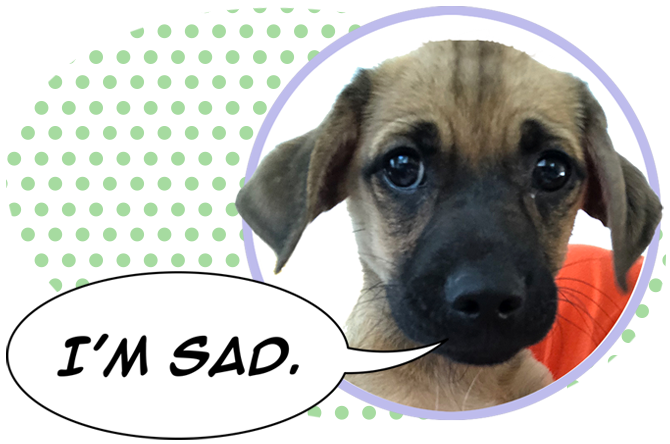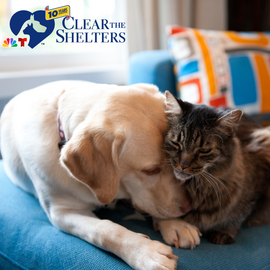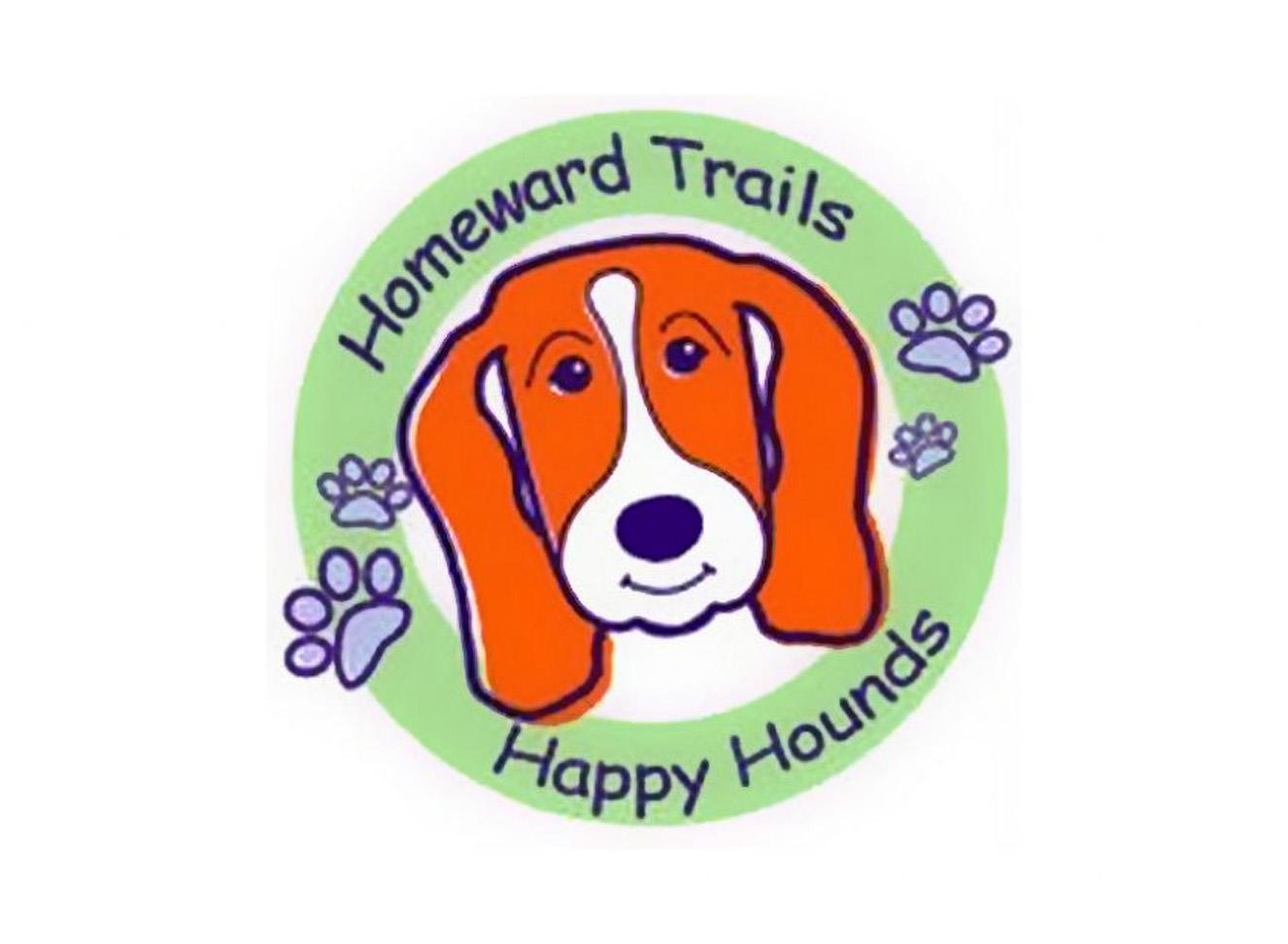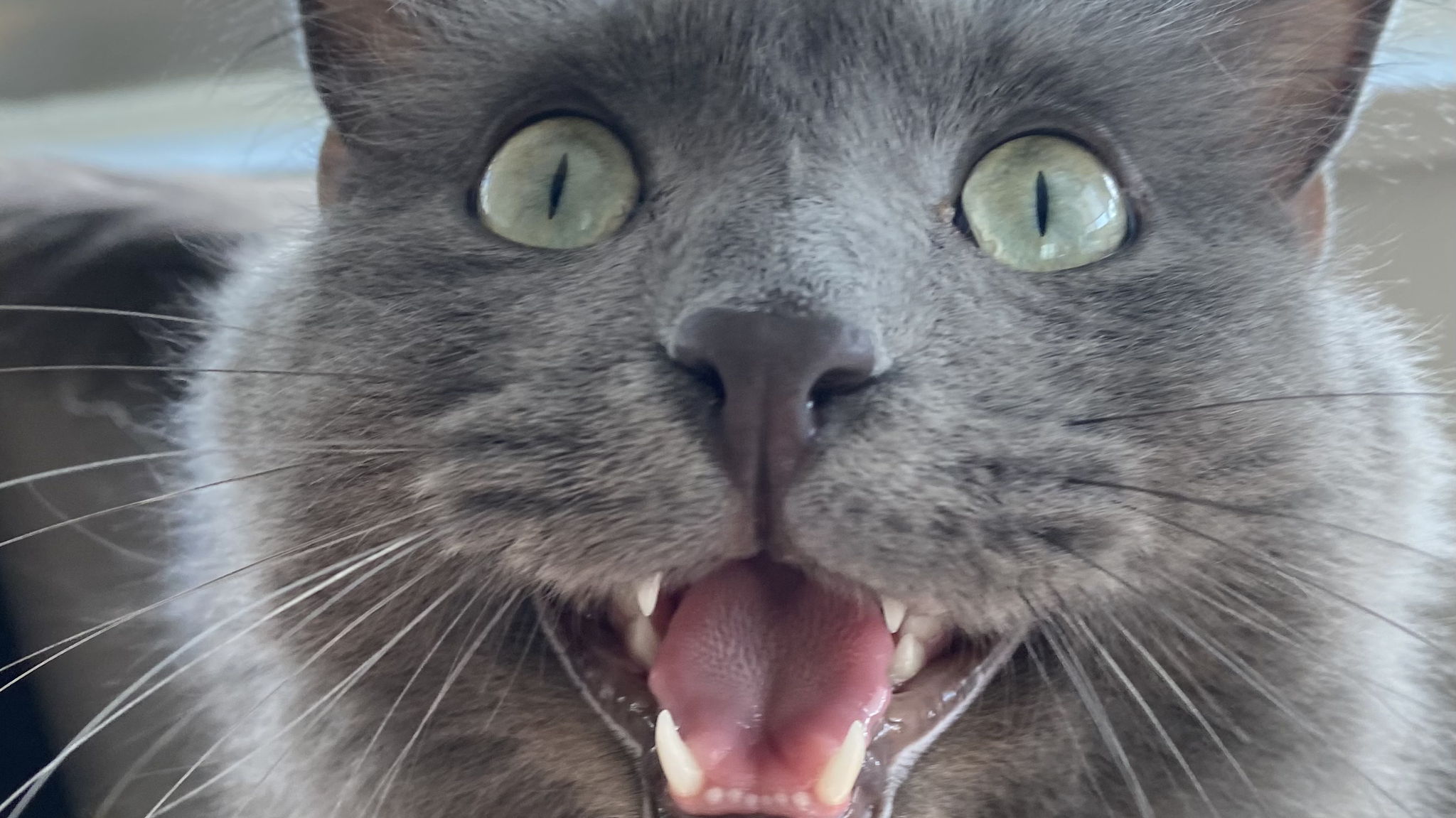Helping the Shy or Fearful Dog HOMEWARD TRAILS RESOURCE LIBRARY: DOGS!
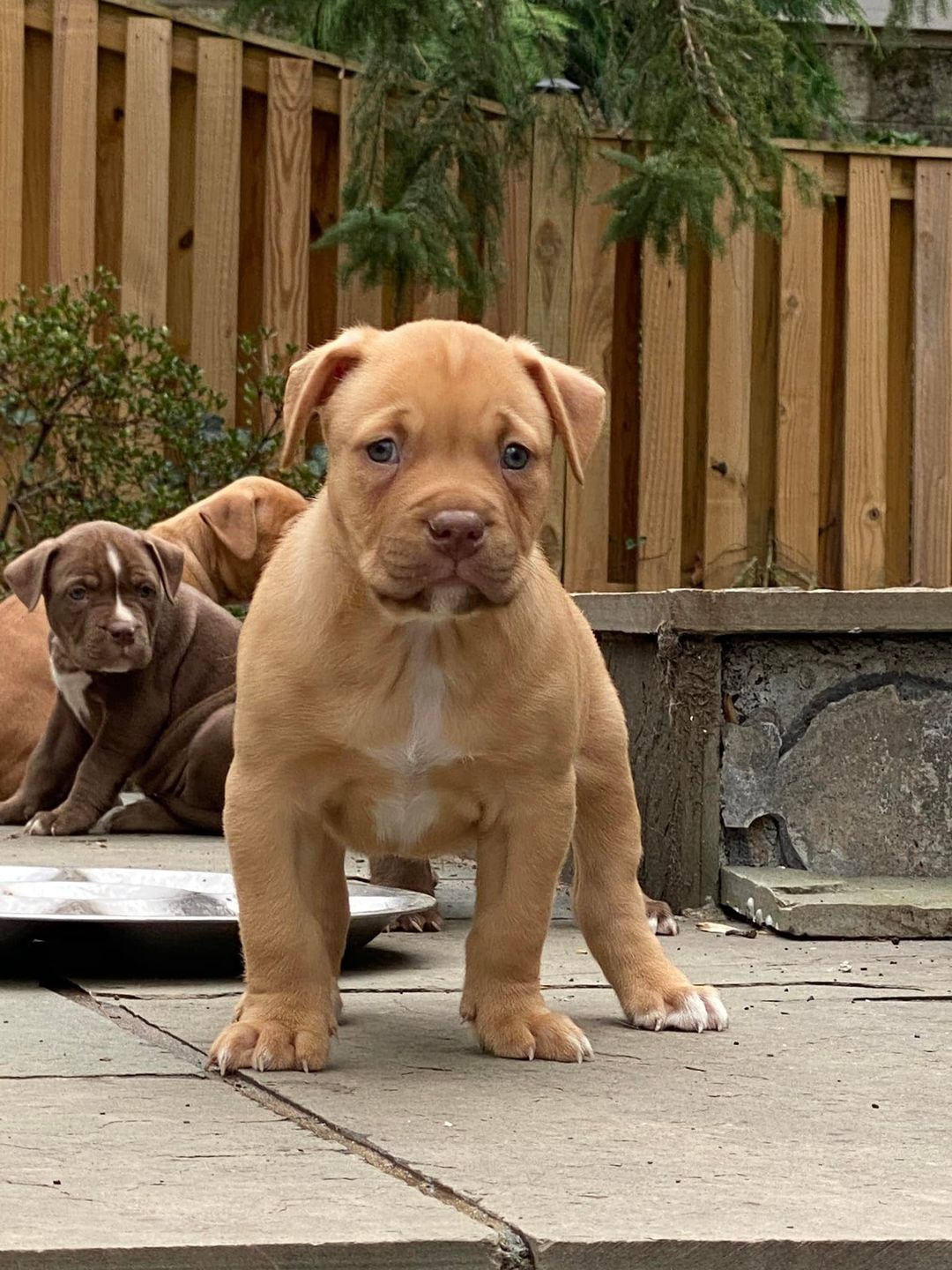
Fearful dogs avoid people or things that frighten them, may seem depressed or disinterested and sometimes lunge or do a barking display to make what they’re afraid of go further away. If you’ve decided to share your life with a shy dog, take heart. The following information can help you understand what he is feeling and give you ways to help him get better.
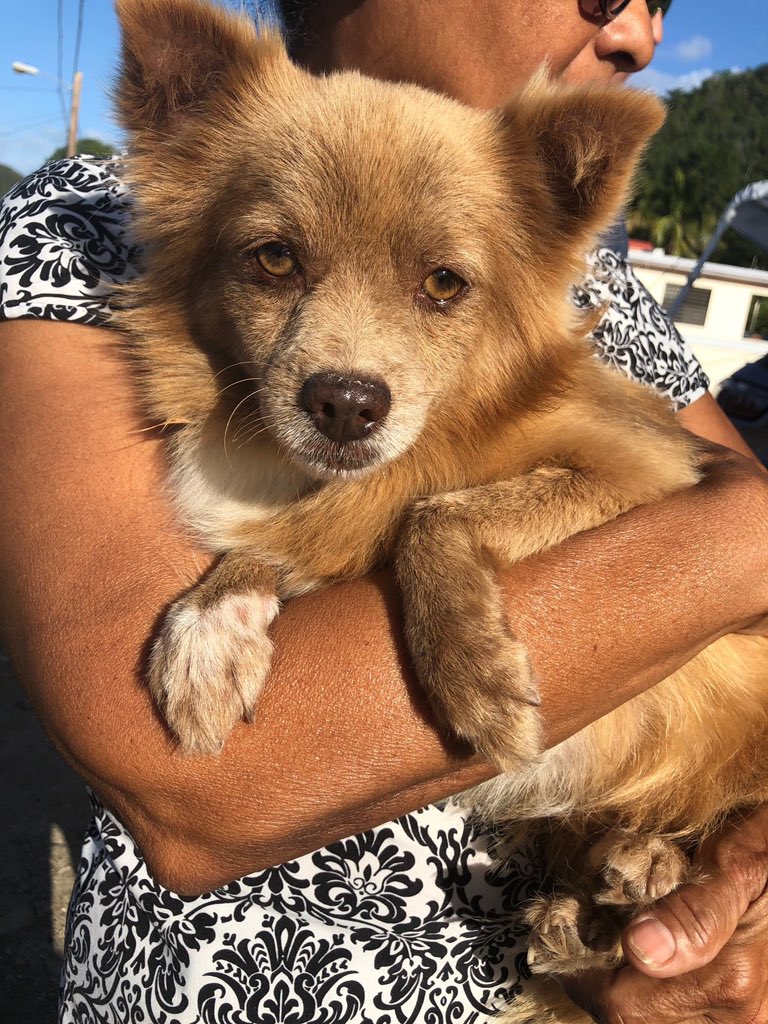
Check out these tips courtesy of The San Francisco SPCA Behavior and Training Department
Different
Kinds of
Shyness
The most common kinds of shyness in dogs are:
-Social shyness, where the dog is fearful of unfamiliar people or certain kinds of people. Dogs like this are sometimes described as “taking a while to warm up,” “one man dogs” or “protective.” They are usually fine with a certain person once they get to know them. Examples are dogs who are afraid of men or big men or men with beards, dogs who are uncomfortable around children, and dogs who
-bark at the sight of people with unusual gaits. Dogs can also be shy with other dogs.
-Context fears, where the dog is afraid of certain kinds of situations. Examples are dogs who are afraid of going to the vet, panic during car rides or are uncomfortable in new places.
-Sound sensitivities, where the dog is afraid of sudden loud noises. These dogs flatten and try to escape when a car backfires, or pace and salivate during thunderstorms or fireworks.
Why Is He Like This?
Fear is very common in all animals. Although it’s possible that a fearful dog has suffered abuse or a bad experience, most of the time fears result from a combination of a genetic predisposition and some lack of experience, especially in the first months of life. For instance, a dog may have missed out on becoming socialized to certain kinds of people by simply not being around them enough when he was a puppy.
Will He Get Better?
Most fearful dogs can be helped to gradually improve. This is a long, slow process in most cases and requires patience. Shy dogs are not for everybody. They need caretakers who have compassion and perseverance.
What Can I Do?
The best thing for a fearful dog is to expose him to what frightens him but at a milder intensity and combined with a fun or positive association. So, a dog who is afraid of children might start to feel more comfortable if he regularly sees children but at a distance where he doesn’t feel too worried. Then, if his guardian praises, pats him and gives him treats after the dog has noticed the kids, the dog might start to see the kids as good news: “Wow, great things happen to me when kids are around!” A dog who is afraid of traffic would benefit from audiotapes of traffic sounds, time spent near quieter streets, all combined with games, treats and happy talk from his guardian. As the dog improves, time can be spent on busier and busier streets. Dogs learn strongly from association.
How Can I Help My Shy Dog Settle into His New Home?
The best possible strategy is to let the dog go at his own pace. Any kind of pressure or coercion to make contact usually makes things worse. Let the dog hide if he needs to, investigate things and come to you when he feels ready. Avoid as many negative experiences as possible early on. With time, your shy dog will bond to you and get used to his new surroundings.
Why Is He
Like This?
Fear is very common in all animals. Although it’s possible that a fearful dog has suffered abuse or a bad experience, most of the time fears result from a combination of a genetic predisposition and some lack of experience, especially in the first months of life. For instance, a dog may have missed out on becoming socialized to certain kinds of people by simply not being around them enough when he was a puppy.
Will He
Get Better?
Most fearful dogs can be helped to gradually improve. This is a long, slow process in most cases and requires patience. Shy dogs are not for everybody. They need caretakers who have compassion and perseverance.
What Can
I Do?
The best thing for a fearful dog is to expose him to what frightens him but at a milder intensity and combined with a fun or positive association. So, a dog who is afraid of children might start to feel more comfortable if he regularly sees children but at a distance where he doesn’t feel too worried. Then, if his guardian praises, pats him and gives him treats after the dog has noticed the kids, the dog might start to see the kids as good news: “Wow, great things happen to me when kids are around!” A dog who is afraid of traffic would benefit from audiotapes of traffic sounds, time spent near quieter streets, all combined with games, treats and happy talk from his guardian. As the dog improves, time can be spent on busier and busier streets. Dogs learn strongly from association.
Settling In
How Can I Help My Shy Dog Settle into His New Home? The best possible strategy is to let the dog go at his own pace. Any kind of pressure or coercion to make contact usually makes things worse. Let the dog hide if he needs to, investigate things and come to you when he feels ready. Avoid as many negative experiences as possible early on. With time, your shy dog will bond to you and get used to his new surroundings.
First Days
All newly adopted dogs need to be taught what they can chew, how they may greet you, where to go to the bathroom and other house rules. If your adopted dog is afraid of novel people or new situations, he will also need some extra help from you to adjust to his new home. In the hands of a patient and caring owner, a shy dog can be a great companion and can make gains in confidence over time.
.Avoiding
Coercion
First impressions are lasting, so, when you first arrive home, make sure the dog isn’t forced into any scary situations. As tempting as it might be to give him hugs, scrub him in the bath, take him to people’s houses or invite over all your friends, it is much wiser to let him explore his immediate surroundings while you sit quietly, waiting for him to come to you when he is ready. When he does approach you, he may still be wary of your hands or of being touched. Be patient – physical contact is the hardest part for some – the best way to win his trust is to not rush him.
Hand
Feeding
A great idea is to hand feed him treats and/or meals. At first, talk to him while you feed him piece by piece. After a session or two, try touching him with your other hand before each treat. If he moves away, go back to feeding him without touches a few more times and then try a smaller touch before feeding. If he is extremely fearful and hides for a long time once you get home, you can toss treats near to where he is hiding and then leave him alone. Once he feels better, he’ll venture out and associate it with getting a tasty treat. In time, his forays out will happen sooner and sooner after you toss treats and your presence will become associated with the treats as well. Once he is out, you can switch to hand feeding.
Safe
Distances
Take walks around the neighborhood and let him sniff and thoroughly check things out. Sudden noises or changes in the environment will likely make him flatten or try to run for cover. Your best policy is to let him hide or to take him further away from the scary situation. Then, once he settles down, encourage him to approach as close as he is comfortable to what frightened him. Feed him a few treats and then leave. Also be careful of people who think they are “good with dogs” and then try to approach him too quickly or too close. Being forced into more than he can handle is never therapeutic and can even make him worse. Take the initiative to coach people on how to remain passive and let the dog set the pace of contact. A good idea is to carry treats for people to toss to him – if he won’t eat, it’s a sign that he needs even more distance. Get him far enough away so that he’s relaxed enough to eat as this helps him develop a positive association to new people.
Other
Considerations
Shy dogs are no less prone to developing separation anxiety than other dogs. Be sure to do many brief absences in the first few days so he learns that you are not always there and that whenever you leave, you come back. Exit and entry in a very matter of fact way and leave him in a dog-proofed room with plenty of chew toys. Shy dogs warm up and bond strongly to people they live with within days or weeks but remain nervous around novel people. The time it takes to warm up to a new person may accelerate over time – whereas early on, it took dozens of visits from a certain person before that person was accepted into the dog’s circle, later the dog is comfortable with a new person after half a dozen exposures. This process usually takes years, with attention paid to never rushing the dog as well as effort at creating positive associations. So, in the early days with your shy dog, don’t become frustrated if it seems he is taking a long time to warm up to your friends.
Build
Confidence
Positive experiences with what frightens him at an intensity he can handle is the best way to build up a shy dog. Here are a few other suggestions that often help:
-Free-shaping tricks and new behaviors using a clicker
-Dog-dog play
-Tug of war – provided you have learned and know how to enforce the rules
-Agility training or other training classes
Courtesy of The San Francisco SPCA Behavior and Training Department
